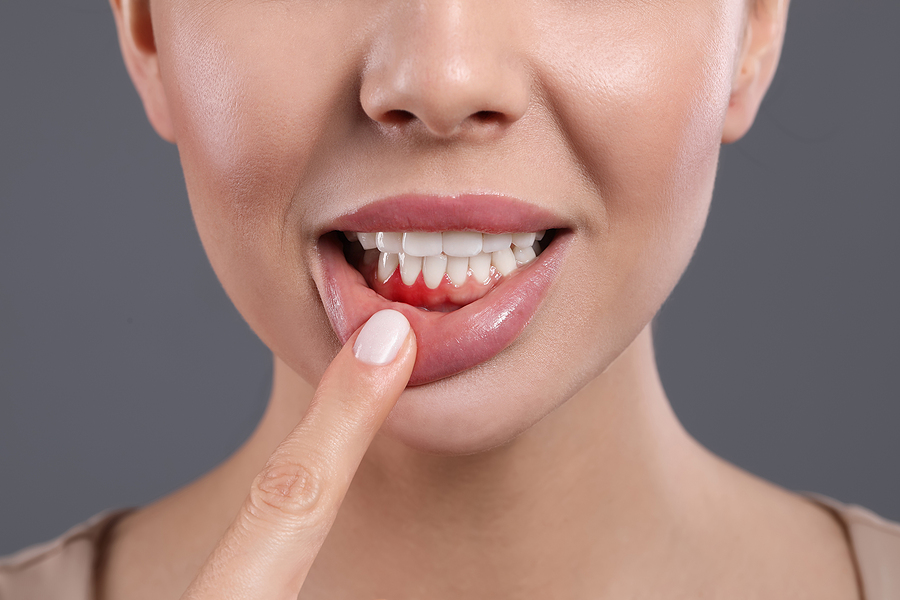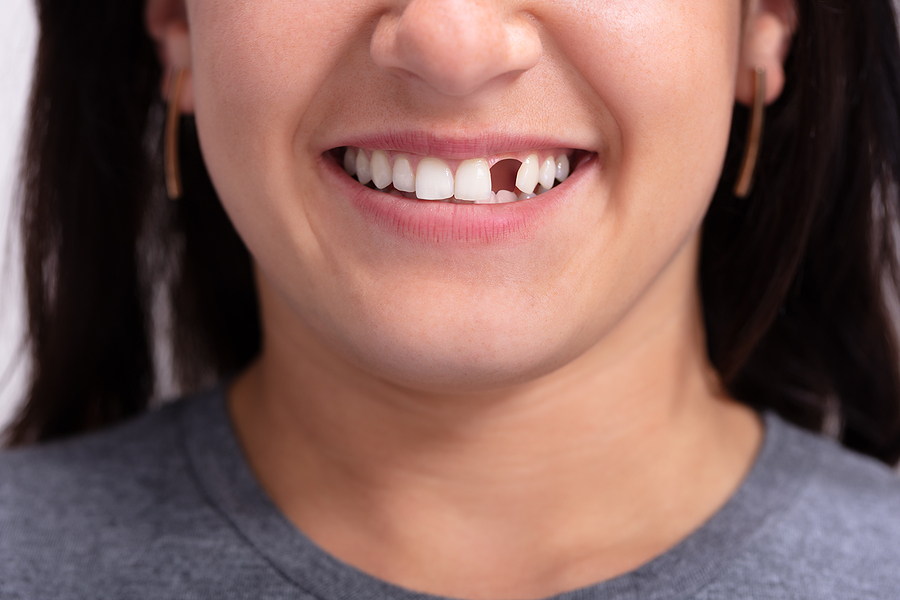![This is a thumbnail image of blog Do All Wisdom Teeth Need to Be Removed? A Guide to When Extraction is Necessary This is a thumbnail image of blog Do All Wisdom Teeth Need to Be Removed? A Guide to When Extraction is Necessary]()
Do All Wisdom Teeth Need to Be Removed? A Guide to When Extraction is Necessary
Nov 01, 2024![This is a thumbnail image of blog Why We Refer to Dental Specialists This is a thumbnail image of blog Why We Refer to Dental Specialists]()
Why We Refer to Dental Specialists
Feb 15, 2022![This is a thumbnail image of blog What Are Causes of Gum Disease? This is a thumbnail image of blog What Are Causes of Gum Disease?]()
What Are Causes of Gum Disease?
Sep 20, 2022![This is a thumbnail image of blog Types of Dental Emergency This is a thumbnail image of blog Types of Dental Emergency]()
Types of Dental Emergency
May 09, 2022![Root Canal Treatment in Pleasanton, CA Root Canal Treatment in Pleasanton, CA]()
The Benefits of Root Canal Treatment: Why Saving Your Tooth is Worth It
Oct 04, 2024

Understanding Bone Grafting: Restoring Oral Health and Enhancing Dental Procedures
When it comes to maintaining optimal oral health, the structure and density of your jawbone play a crucial role. Unfortunately, tooth loss, gum disease, or injury can lead to bone deterioration, making certain dental treatments, such as implants, challenging or even impossible. This is where bone grafting comes into play—restoring bone density and ensuring a strong foundation for future dental work. If you're considering bone grafting in Pleasanton, CA, this comprehensive guide will help you understand the process, its benefits, and why it's a vital step for many dental patients.
What is Bone Grafting?
Bone grafting is a surgical procedure that involves replacing lost or deteriorated bone in the jaw with new material to stimulate natural bone regeneration. The graft material can be sourced from various options, including:
- Autografts: Bone taken from the patient's body, usually from the chin or another part of the jaw.
- Allografts: Bone sourced from a donor.
- Xenografts: Bone derived from an animal source, often bovine.
- Synthetic Grafts: Biocompatible materials designed to mimic natural bone.
Each type of graft has its benefits, and a qualified dentist in Pleasanton, CA, will assess your unique situation to determine the most suitable option. Contact us to learn more.
Why is Bone Grafting Necessary?
Bone grafting is typically required when the jawbone lacks the density or volume necessary to support dental procedures, particularly implants. Below are some common scenarios that may call for bone grafting:
- Tooth Loss: Missing teeth can cause the surrounding jawbone to deteriorate over time. Bone grafting restores this loss, ensuring the area can support a replacement tooth or dental implant.
- Periodontal Disease: Advanced gum disease can lead to bone loss, compromising the stability of teeth and overall oral health.
- Trauma or Injury: Accidents or injuries may result in bone damage, requiring grafting to restore the area.
- Dental Implants: Implants need a solid foundation to stay securely in place. Bone grafting provides the necessary support for successful implant placement.
The Bone Grafting Procedure
The bone grafting process generally involves the following steps:
- Initial Consultation and Evaluation: Your dentist will examine your oral health, take X-rays, and potentially perform a CT scan to assess the condition of your jawbone. This helps determine the extent of bone loss and the appropriate grafting material.
- Graft Placement: The procedure is typically performed under local anesthesia or sedation. The graft material is carefully placed in the area requiring augmentation. Sometimes, a barrier membrane protects the graft and aids healing.
- Healing and Integration: After the procedure, the grafted material integrates with your natural bone, a process known as osseointegration. This healing phase can take several months, depending on the individual's overall health and the extent of the graft.
- Follow-Up Dental Work: Once the graft has successfully fused with the existing bone, the area is ready for additional dental treatments, such as implant placement.
Benefits of Bone Grafting
Bone grafting offers numerous advantages that go beyond just supporting dental implants. These benefits include:
- Restored Jawbone Density: Bone grafting rebuilds areas of the jawbone that have deteriorated, preventing further complications.
- Improved Facial Structure: Loss of bone can lead to a sunken facial appearance. Restoring bone density helps maintain facial aesthetics.
- Enhanced Oral Functionality: A strong jawbone ensures stability for teeth and dental prosthetics, improving chewing and speaking abilities.
- Long-Term Oral Health: By addressing bone loss, grafting prevents issues like shifting teeth, bite misalignment, and further deterioration.
Recovery After Bone Grafting
While recovery times vary, most patients experience mild discomfort and swelling for a few days following the procedure. Your dentist may recommend over-the-counter pain relievers or prescribe medication to manage discomfort. Following post-operative instructions, such as eating soft foods and avoiding strenuous activities, is essential for a smooth recovery. Regular follow-up visits with your dentist in Pleasanton, CA, will ensure the healing process is on track.
Is Bone Grafting Right for You?
If you've experienced tooth loss, gum disease, or trauma, and your dentist has mentioned insufficient bone as a concern, bone grafting may be a vital step in your treatment plan. During your consultation, your dentist will discuss your goals, review your medical history, and create a customized plan tailored to your needs.
Why Choose Bone Grafting in Pleasanton, CA?
Pleasanton is home to skilled dental professionals with the latest technology and expertise to perform successful bone grafting procedures. Whether preparing for dental implants or restoring the health of your jawbone, seeking care from an experienced provider ensures optimal results.
Conclusion
Bone grafting is a transformative procedure that lays the groundwork for a healthier, more functional smile. By restoring bone density, this treatment supports dental implants and prevents long-term oral health complications. If you're considering bone grafting in Pleasanton, CA, take the first step by consulting a trusted dentist. With their guidance, you can achieve a stronger foundation for your smile and improve your overall quality of life.
Schedule an appointment with us today at Sunshine Family Dental, located at 173 Spring St #110, Pleasanton, CA 94566. For bookings and consultations, call (925) 600-9006. Please visit our official website to learn more about the various services we provide.
Office Hours
MON - WED9:00 am - 5:00 pm
THUClosed
FRI9:00 am - 5:00 pm
SAT8:30 am - 2:30 pm
SUNClosed






comments